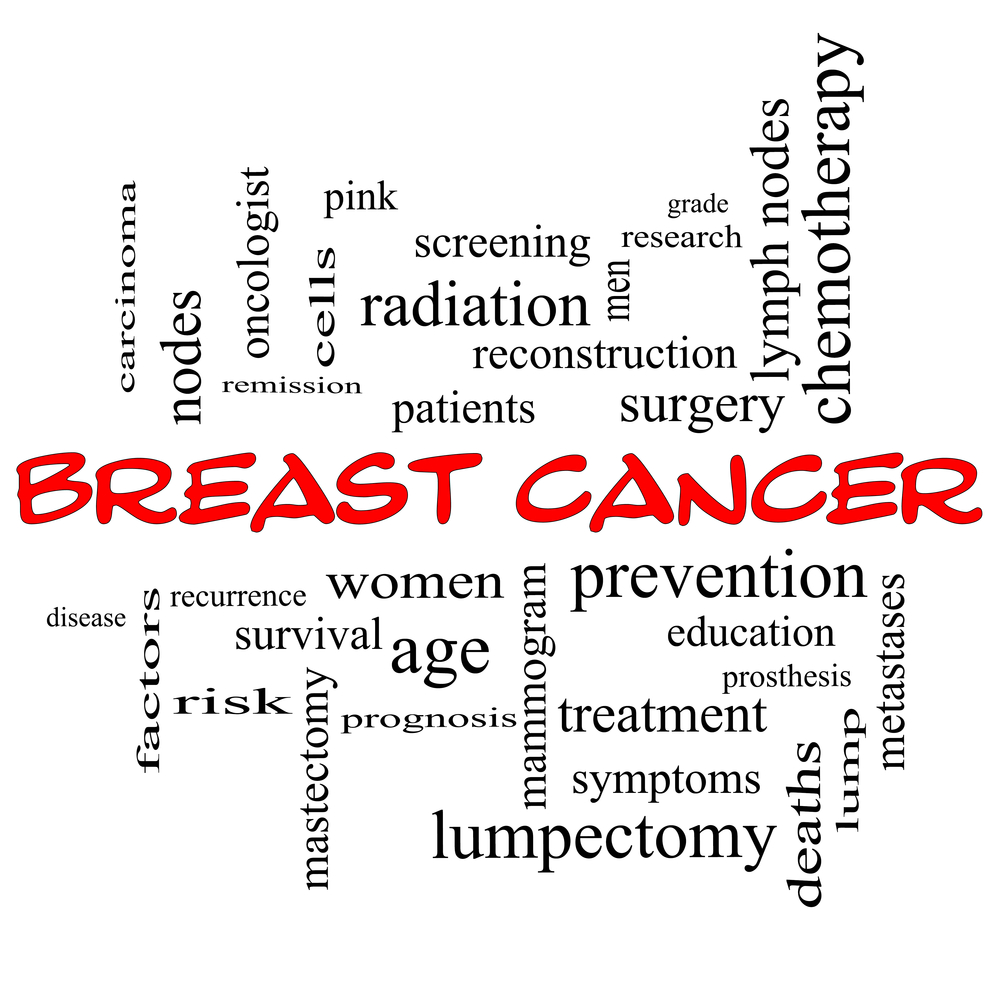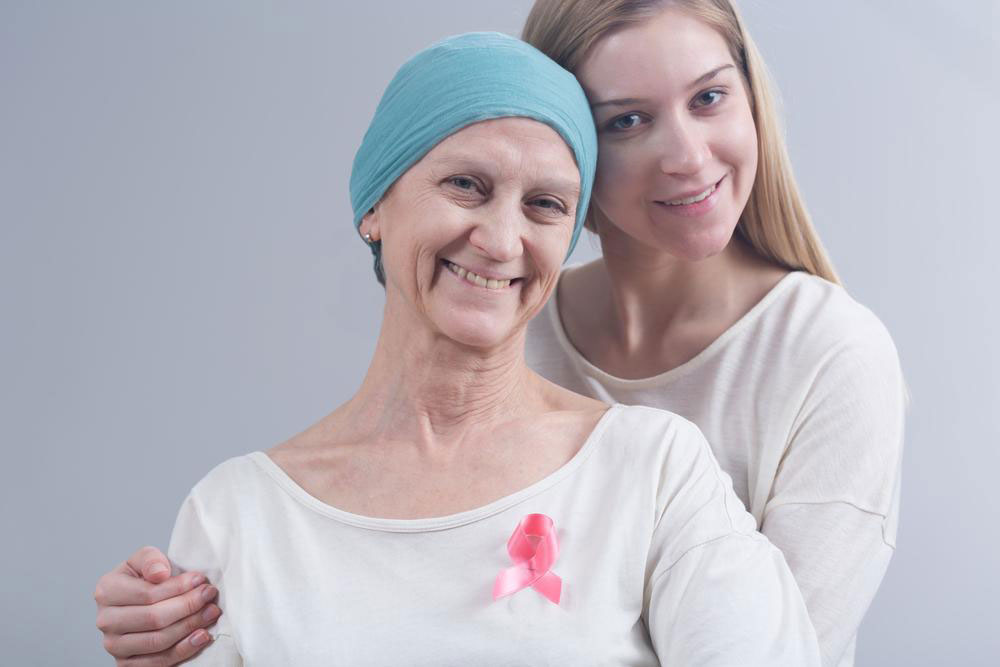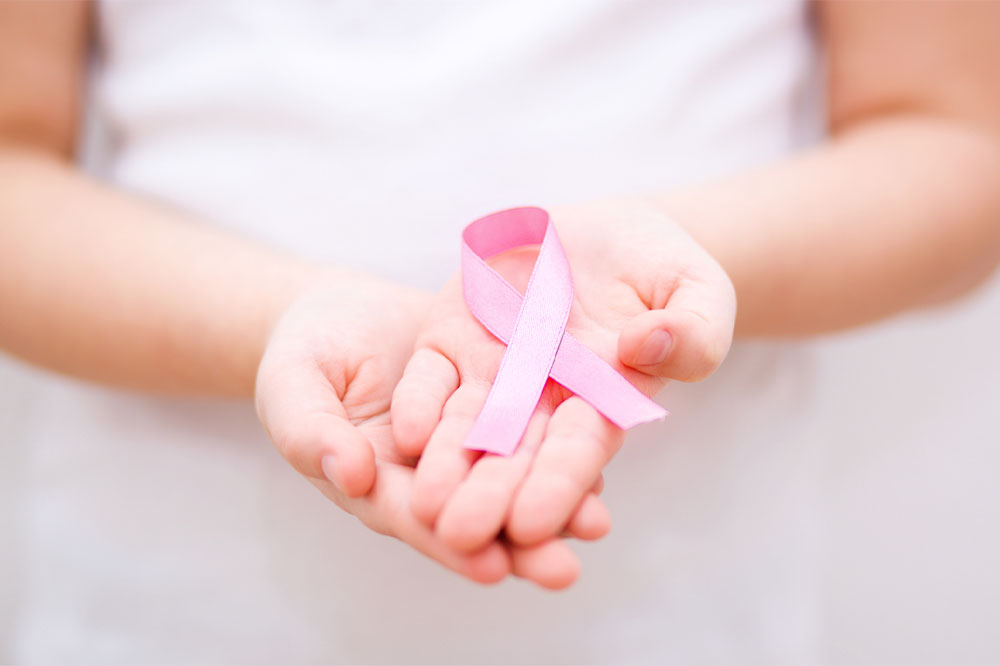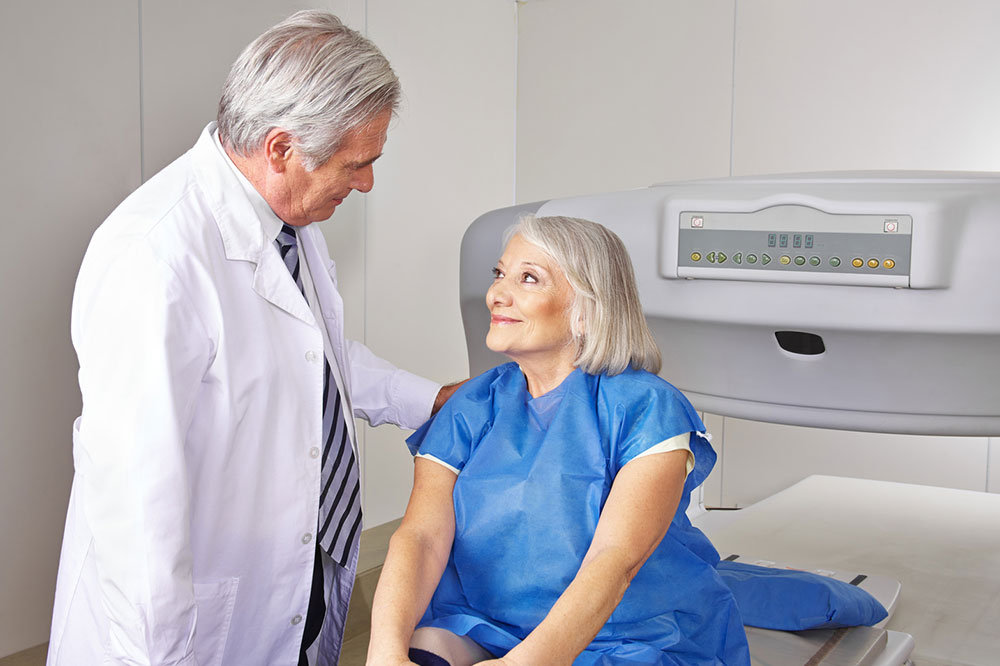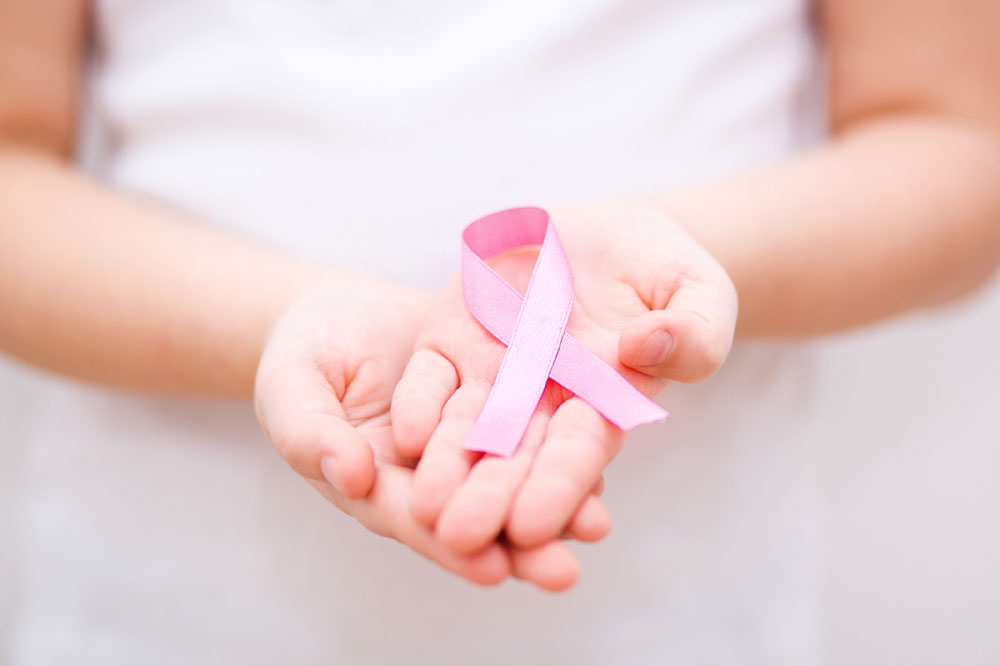Enhancing Breast Cancer Outcomes Through Advanced Chemotherapy Strategies
This comprehensive article explores how chemotherapy significantly improves breast cancer treatment outcomes. It discusses the role of chemotherapy in early detection, treatment protocols, targeted drugs, delivery methods, patient care, side effect management, and future advancements. Readers will understand how chemotherapy remains vital in increasing survival rates and extending quality of life for breast cancer patients through personalized and innovative approaches.
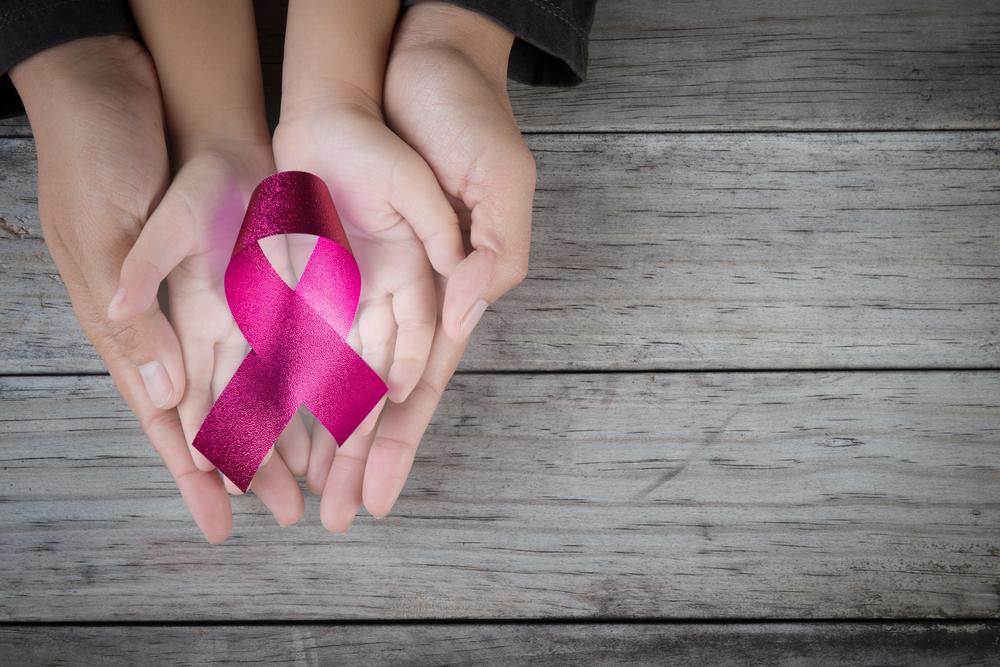
Revolutionizing Breast Cancer Treatment with Chemotherapy
Breast cancer remains one of the most common and deadly cancers affecting women worldwide, accounting for a significant portion of cancer-related mortality. Despite advances in early detection and treatment, managing breast cancer effectively continues to be a major focus of medical research and clinical practice. Among the key therapies used in the fight against breast cancer, chemotherapy plays a paramount role. Its ability to target and destroy rapidly dividing cancer cells has made it a cornerstone of comprehensive breast cancer management.
Early diagnosis significantly increases the chance of successful treatment and long-term survival. When breast cancer is detected early, treatment plans typically involve a combination of surgery, radiation therapy, and systemic therapies such as chemotherapy. Chemotherapy, in particular, is instrumental in reducing the risk of cancer recurrence and metastasis. It works by disrupting the process of cell division, which is accelerated in cancerous cells, thereby inhibiting their growth and proliferation.
Designed to be used either before surgery (neoadjuvant therapy) to shrink tumors or after surgery (adjuvant therapy) to eliminate residual cancer cells, chemotherapy has revolutionized breast cancer treatment outcomes. It targets both primary tumors and potential disseminated cancer cells that may have spread to other parts of the body. This systemic approach enhances the likelihood of complete remission and extends patient survival rates.
Modern chemotherapy protocols are carefully tailored for each patient’s specific cancer subtype, genetic profile, and overall health. Commonly used drugs include anthracyclines such as doxorubicin, taxanes like paclitaxel and docetaxel, as well as newer agents designed to improve efficacy while reducing side effects. Treatment regimens are structured into cycles, which consist of administration of chemotherapy drugs followed by recovery periods to allow the body to recuperate from side effects.
Delivery methods of chemotherapy vary based on patient needs; outpatient infusion centers are often used, allowing patients to receive treatment without hospitalization. However, in some cases, hospitalization may be necessary, especially when managing severe side effects or administering certain high-dose regimens. The entire treatment course can span several months, with multiple cycles scheduled to optimize therapeutic benefits and minimize adverse reactions.
Supports such as anti-nausea medications, growth factors, and nutritional therapy often accompany chemotherapy to improve patient comfort and adherence. Despite its effectiveness, chemotherapy can cause side effects like fatigue, hair loss, nausea, and lowered immunity. Advances in supportive care, targeted therapies, and precision medicine are continuously improving the tolerability and success rates of breast cancer chemotherapy.
Overall, chemotherapy remains a critical component of breast cancer treatment, significantly impacting survival rates and quality of life. Ongoing research into new drugs and combination therapies promises to further enhance its efficacy, reduce side effects, and provide more personalized treatment options tailored to each patient’s unique cancer profile.
